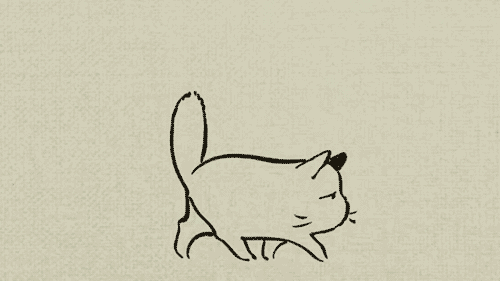I am no longer existing in a solid state. My brain, and all associated faculties have turned to mush.
Welcome to Stage 1, 2016.
I have forgotten how exhausting teaching is. How?! How could this happen in a mere 5 weeks?!
WHY DID I NOT SLEEP MORE???? WHY DID I SPEND TIME CLEANING AND WEDDING PLANNING WHEN I COULD HAVE SPENT TIME SLEEPING!!!???
 |
| Me. At 3pm today. |
Now don't get my wrong. My class - BEAUTIFUL. They were fantastic. Settled, attentive, focused - we got through most of the day's activities in the morning session. I was blown away.
Oh god I hope I didn't just jinx it. *does complicated anti-jinxing manoeuvre*
I've just forgotten what it's like to get a bunch of brand new little munchkins with very short attention spans. I regret wearing a dress to work today. So much floor work.
Anyway.
I took a big break from the blogosphere last year due to some personal issues and this year I'm going to make a consistent effort to be reflecting and writing in blog form, while bringing you much laughs and much happy from 1/2Superstars.
Today, our happy moment? The hugs from kids that I had only met 6 hours earlier, while telling me they were excited to come back tomorrow. Makes it all worth it.
Find me online!
Twitter: @bswain1
email: missswain24@gmail.com
pinterest: http://www.pinterest.com/bswain14
or comment below!



